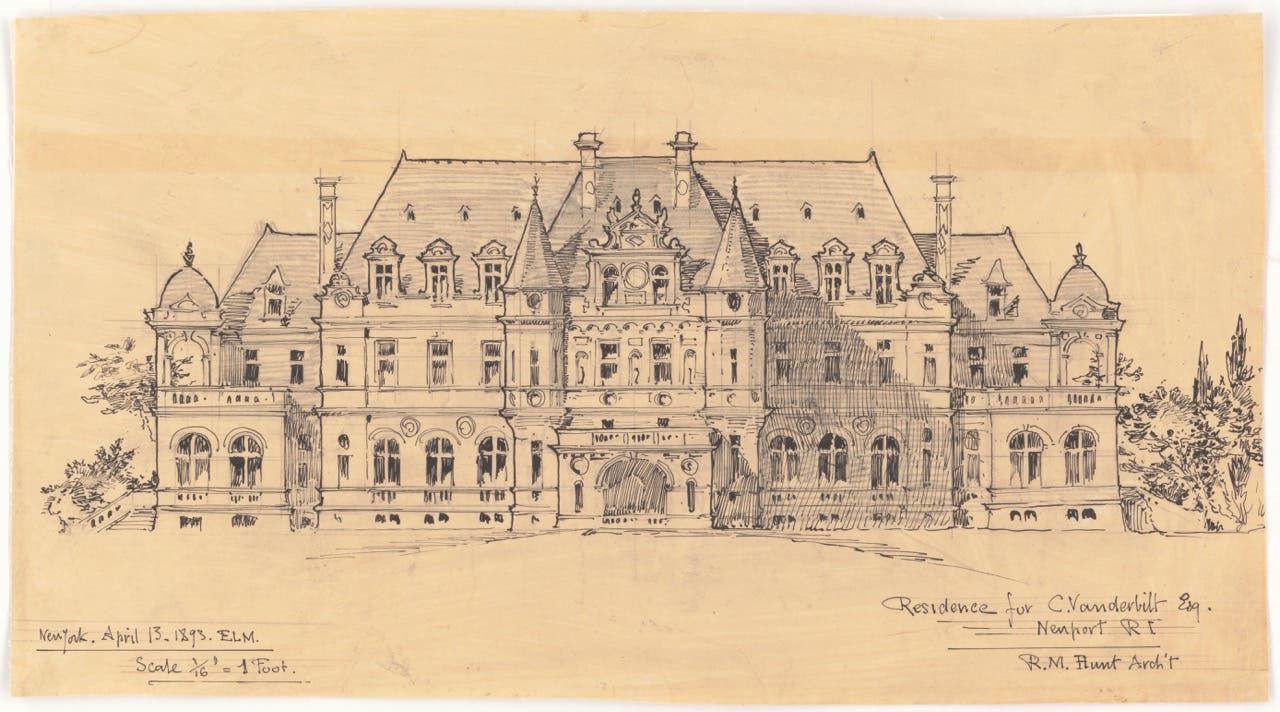
Features
Book Review: Two Books on Window Preservation
As an Amazon Associate, we earn from qualifying purchases made through affiliate links.
Window Preservation Standards
A collaborative work by members of the Window Preservation Standards Collaborative. edited by John Leeke
Published by the Window Preservation Standards Collaborative
107 pp; softcover; 49 b&w illustrations; $29.50
ISBN: 978-1- 4910-1540-7
Save America's Windows
by John Leeke
Historic HomeWorks, Portland, ME
177 pp; softcover; 257 b&w illustrations; $35
ISBN: 978-1- 4662-8644-3
Reviewed by Clem Labine
Two new books recently received in our offices show that the current mania for replacing old wood windows is inflicting needless costs – both economic (on building owners) and environmental (on the rest of us). The first new volume is Window Preservation Standards, published by the non-profit Window Preservation Standards Collaborative (WPSC) windowstandards.org. The WPSC is a consortium of over 150 window preservation and energy-efficiency professionals who pooled their expertise to arrive at an industry consensus on current best practices. The resulting book summarizes 34 field-tested methods to maintain, repair and weatherize old wood windows. In addition to the procedural standards, there are protocols for window project planning and energy-efficiency testing.
The standards are presented in a concise, consistent itemized format. The compressed manner of presentation means the standards can be readily translated into a set of contractor specifications. One helpful spec-writing aspect of the window standards is that for each procedure there are also brief criteria for judging "best work," "adequate work," and "inadequate work." The standards are more of a "what to do" compilation rather than a detailed "how to do it" manual. It assumes you or the contractor are already generally familiar with the materials and procedures involved.
Of particular interest is the section about weatherization and energy conservation. Using a set of old windows in an existing school building in Kentucky, members of the collaborative tested a variety of methods to reduce air infiltration and heat loss. Detailed results of the testing are given in the book. The most astonishing conclusion was that installing a simple, inexpensive field-constructed interior air panel (similar to an interior storm window) reduced air leakage to an extent that surpassed the 2012 IECC (International Energy Conservation Code) air infiltration standard.
For a set of more detailed "how to do it" instructions, there's the new expanded edition of John Leeke's (www.historichomeworks.com/hhw/index.htm) Save America's Windows. Leeke is a well-known preservationist, consultant and educator – and is also the editor of the WPSC standards manual discussed above. He not only describes in well-illustrated detail 15 step-by-step treatments to repair weathered sills and deteriorating sash, but also includes a lot of background information on construction of historical wood windows gleaned from 19th- and early 20th-century trade manuals. The handbook also provides lots of practical tips on glazing and puttying.
Leeke assumes no prior knowledge, so the book can be used both by ambitious do-it-yourselfers and professionals who need to get up to speed on historic wood windows. For example, Leeke lists many of his favorite materials by brand name, which can be a great help to someone actually doing the work. By contrast, in order to preserve its impartiality, the WPSC book avoids using brand names, referring only to generic material types. The desire to avoid the appearance of commercial taint can be admirable in theory, while at the same time frustrating to someone new to the field.
A couple of limitations: Leeke's manual focuses solely on the wood repair aspect of historic windows. It doesn't cover repair and replacement of window balance systems nor any other aspects of window hardware. Nor does Leeke get into weatherization and energy conservation issues.
They Work Well Together
Because they come at the topic of wood window preservation from different perspectives, the books complement each other. The sections on window sills provide an example of how the two books differ. In the WPSC manual, there are two pages devoted to "Fill Sill Weather Checks," with an outline of procedures and materials to be used, along with a description of "Best Work" and "Inadequate Work." By contrast, Leeke's book provides 11 pages of detailed instructions on sill restoration and replacement.
Neither volume has an index, which can be a little frustrating. However, both works have detailed tables of contents, which enable users to find information fairly readily.
Together, the two volumes show that when repair vs. replace seems an economic toss-up, "repair" should be the default option because it's more earth-friendly. Replacement windows generally have life-span of 15-40 years (depending on material) and their lack of reparability consigns them to landfills when worn out. By contrast, old windows are made of tight-grained first-growth lumber, which is much more rot-resistant than today's fast-growth wood. And the simple construction of old windows means they can be repaired indefinitely. Case in point: the original wood windows in my 1883 brownstone have received periodic maintenance and repair – and I estimate that with similar care they are good for at least another 100 years.






